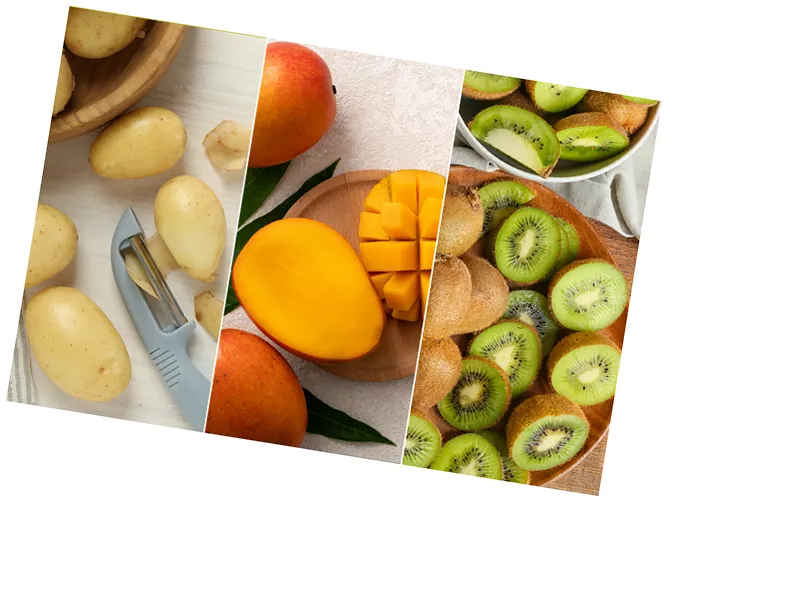Discover the Hidden Health Benefits of Fruit and Vegetable Peels
Many people are unaware that the peels of fruits and vegetables are not just waste; they are packed with nutrients and antioxidants that can significantly enhance our health. Contrary to the common practice of peeling fruits like kiwis, apples, and potatoes, keeping the skin on can provide a wealth of benefits. Studies have shown that these outer layers often contain higher concentrations of vitamins and minerals compared to the flesh itself.
For instance, a medium apple with its skin can deliver up to 332% more vitamin K, 142% more vitamin A, and 115% more vitamin C than a peeled apple. Similarly, potatoes retain up to 175% more vitamin C and 50% of their fiber when consumed with the skin. The dark skin of eggplants is rich in nasunin, an antioxidant that supports brain health and reduces inflammation.
Fruits and Vegetables with Nutrient-Rich Peels
Here are some fruits and vegetables that are particularly beneficial when consumed with their peels: - Kiwi: The skin contains double the fiber and more folate and vitamin E than the fruit itself. It's recommended to wash and eat it like a peach. - Mango: Its peel is rich in vitamin C, carotenoids, and fiber, which can help in lowering cholesterol levels. - Carrots: Most of the vitamin C and B3 are concentrated in the peel, making it essential to consume them unpeeled after a good wash. - Bananas: Though tough and bitter, the peel offers potassium and antioxidants beneficial for eye health. Roasting the peel can make it more palatable. - Pomegranates: While the peel is inedible, it contains powerful antioxidants and can be used to make tea.
While many peels offer health benefits, it’s crucial to note that not all are safe to eat. Peels from fruits like cantaloupe, avocado, and pineapple should be avoided as they can cause digestive issues. Instead, consider alternative uses such as making jams or broths from peels to harness their nutrients without direct consumption.





